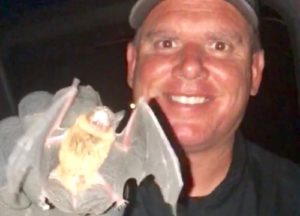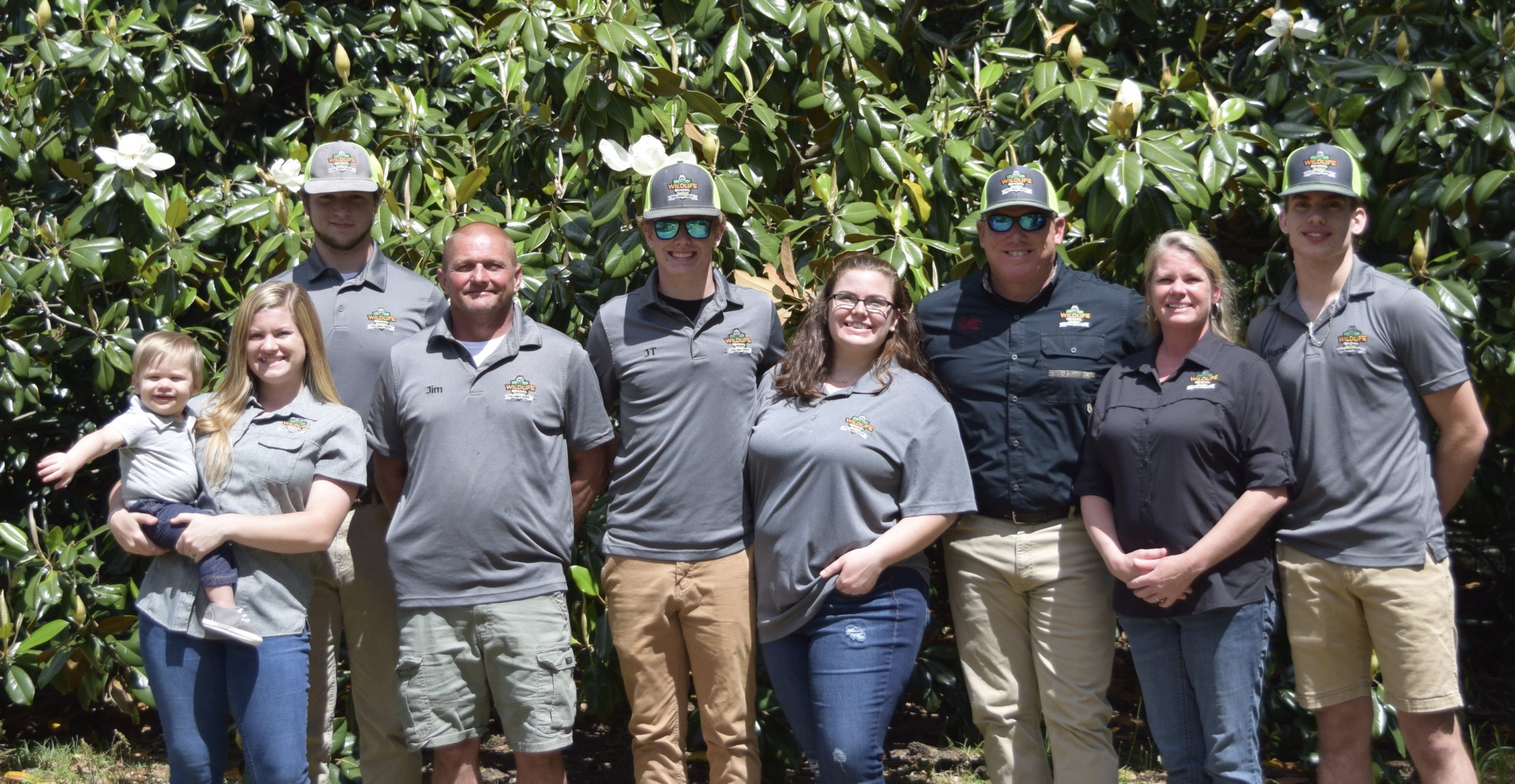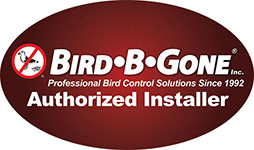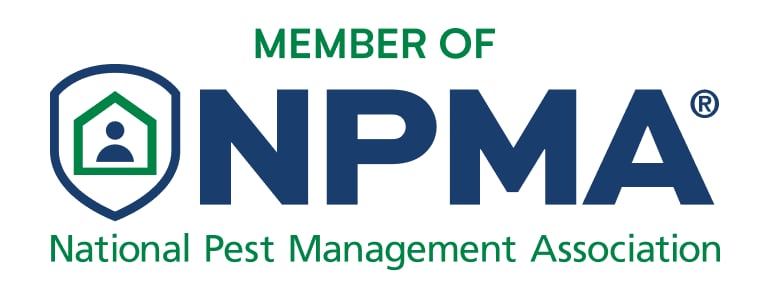Bats play an important role in South Carolina’s ecosystem, but when they find their way into your home or attic, they can quickly become a nuisance. From health risks like rabies and histoplasmosis to structural damage caused by bat guano, the presence of bats requires immediate attention. Our experienced team provides comprehensive wildlife removal solutions, focusing on safely removing bats without harming them.
We conduct thorough inspections to identify entry points, develop customized exclusion strategies, and seal vulnerable areas to prevent future infestations. Whether you’re dealing with bats, rodents, raccoons, or squirrels, our removal company offers the professional expertise you need. As a trusted name in animal removal and pest control in Columbia, we’re here to help homeowners reclaim their spaces. Call us today to learn how we can safely remove the bat from your home and keep your property protected.
Did you know bats claim the title for the only flying mammal!
Why Choose AAAC Wildlife Removal of Columbia, SC?
When it comes to bat removal and wildlife control, you need a team that understands the unique challenges of dealing with pests in Columbia, South Carolina. At AAAC Wildlife Removal of Columbia, SC, we are dedicated to providing professional wildlife control services, humane solutions to protect your home from unwanted wildlife. Our experts are trained in safe animal removal techniques, ensuring that we not only remove bats and other critters but also address the root causes of the infestation.
We take pride in offering comprehensive removal services that go beyond just eliminating the problem. From inspecting for hidden entry points to implementing effective exclusion methods, we create long-term solutions that keep your property safe. Our focus on humane wildlife practices ensures that every animal, whether it’s a bat, raccoon, or squirrel, is handled with care while safeguarding your family’s health. When pests threaten your home, trust our reliable pest control team to restore your peace of mind.
Signs You May Have a Bat Problem
Strange Noises in Your Attic- Hearing scratching, fluttering, or squeaking sounds in your attic—especially at dusk or dawn—can indicate a bat colony is settling in. These noises are often the first signs of a bat infestation and should not be ignored.
Bats Flying Near Your Home- If you notice bats flying near your home at dusk, they may be roosting inside. Seeing even a single bat during the day could signal a larger problem, as bats are nocturnal and daytime activity often means they’re displaced or trapped.
Presence of Bat Droppings (Guano)- Bat droppings, also known as bat guano, often accumulate below entry points or inside your home. Guano has a distinct odor and can pose serious health risks, including diseases like histoplasmosis. Guano removal is essential to maintaining a safe environment.
Stains Around Entry Points- Dark stains or grease marks around small openings or gaps in your home could indicate bat activity. Bats leave oily residue when squeezing through entry points, which is a clear sign of their presence.
Strong, Musty Odors- A persistent, musty smell may result from accumulated guano and urine, especially in areas where a large bat colony resides. This odor is not only unpleasant but also hazardous to your health.
Bats Inside Your Living Spaces- Finding bats in your house is a definite sign of an infestation. Whether it’s a single bat or more, it’s crucial to remove a bat immediately to prevent the problem from escalating.
Visible Entry Points and Gaps- Cracks, vents, or damaged areas around your roof or siding can serve as access points for bats. Professional bat exclusion techniques, like installing bat valves, are effective for sealing these spaces after removal.
Our Bat Removal Process
Comprehensive Property Inspection
Our professional wildlife team starts with a thorough inspection of your home to identify signs of a bat infestation. We locate active entry points, assess the size of the bat colony, and determine the most effective removal plan tailored to your situation.
Customized Bat Removal and Exclusion Plan
After the inspection, we create a detailed removal and exclusion plan. This includes strategies for humane bat removal, focusing on techniques that safely remove a species of bats from your home without harm. Our team uses specialized equipment like bat valves, which allow bats to exit but prevent re-entry.
Safe and Humane Bat Exclusion
We implement bat exclusion methods to ensure long-term success. Our exclusion services are designed to gently guide bats out while sealing off potential access points. This process is vital for keeping bats out of your home without resorting to harmful trapping and removal techniques.
Sealing Entry Points
Once all bats have exited, we professionally seal all entry points to prevent future infestations. This step is crucial because even small gaps can allow bats back inside. We ensure every vulnerable area is secured with durable materials.
Bat Guano Cleanup and Decontamination
Bats often leave behind hazardous bat guano, which can carry pathogens linked to health risks like histoplasmosis. Our team handles thorough guano removal and sanitization to eliminate odors, contaminants, and potential structural damage.
Follow-Up and Ongoing Monitoring
After completing the removal process, we offer follow-up inspections to confirm the effectiveness of our work. Our goal is to provide lasting removal solutions that keep your home bat-free year-round.
Dangers of Having Bats in Your Home
Health Risks from Bat Droppings and Diseases
Bats can pose serious health risks to homeowners, primarily through their droppings, known as bat guano. Guano can harbor fungal spores that cause histoplasmosis, a respiratory illness that affects both humans and pets. Additionally, bats are known carriers of rabies, which can be transmitted through bites or scratches. Even though rabies cases are rare, the risk increases with bats living close to people.
Structural Damage from Bat Infestations
A bat infestation can cause significant structural damage to your home. Accumulated guano and urine can weaken wood, corrode metal, and stain walls or ceilings. Over time, this can lead to costly repairs, especially if the bat colony has been present for an extended period. Moisture from bat waste also promotes mold growth, further compromising indoor air quality.
Risk of a Growing Bat Colony
What starts as a few bats can quickly escalate into a large bat colony. Bats reproduce annually, and without intervention, their numbers can grow, increasing the severity of the infestation. Larger colonies produce more waste, leading to intensified odors, damage, and health hazards.
Noise and Nuisance Issues
Bats are nocturnal, which means they’re most active at night. The constant scratching, fluttering, and squeaking noises can disrupt your sleep and create an ongoing nuisance wildlife issue. This is especially problematic if bats have settled in your attic or walls.
Attraction of Other Pests
Bats can inadvertently attract other pests to your home. Their droppings can serve as a food source for insects like cockroaches, while the presence of bats may also lure predators such as snakes or raccoons seeking easy prey.
Did you know 1 bat can eat up to 1,200 mosquitos!
Bat Prevention Services in Columbia, SC
Expert Bat Exclusion Services
Preventing bats from re-entering your home starts with professional bat exclusion techniques. At AAAC Wildlife Removal of Columbia, SC, we specialize in exclusion services that safely guide bats out while ensuring they can’t return. This process involves installing one-way devices, like bat valves, which allow bats to exit without providing a way back in.
Sealing Entry Points for Long-Term Protection
After the bats have been removed, our team identifies and seals all potential entry points around your property. Bats can squeeze through gaps as small as 3/8 of an inch, so we meticulously inspect areas like rooflines, vents, chimneys, and soffits. Our sealing methods are durable, weather-resistant, and designed to withstand Columbia’s climate.
Regular Inspections and Maintenance Plans
Preventing a future bat infestation requires ongoing vigilance. We offer routine inspections and maintenance plans to monitor vulnerable areas and catch signs of wildlife activity early. Our proactive approach helps you avoid costly repairs and keeps your home bat-free year-round.
Habitat Modification for Nuisance Wildlife Prevention
Reducing bat activity near your home also involves modifying the surrounding environment. We provide recommendations on minimizing attractants, such as reducing outdoor lighting that draws insects—bats’ primary food source. Additionally, we address factors that could attract other nuisance wildlife, including raccoons, squirrels, and other pests.
Humane Wildlife Control Practices
At AAAC Wildlife Removal, we believe in humane wildlife control. Our bat prevention methods are safe for both your family and the local bat populations, which are important to South Carolina’s ecosystem. We comply with all state and federal regulations to ensure ethical practices during every job.
Why Bats Are Protected & What That Means for Removal
Bats are essential to South Carolina’s ecosystem, playing a critical role in controlling insect populations. Because of their ecological importance, many bat species, such as the little brown bat, are protected under state and federal laws. These protections regulate how and when bats can be removed, especially during maternity season when young bats are unable to fly. Removing bats during this period can leave helpless pups behind, leading to legal issues and potential health risks for homeowners.
At AAAC Wildlife Removal of Columbia, SC, we specialize in humane bat removal methods that comply with all wildlife protection laws. Our approach focuses on safe bat exclusion techniques, using devices like bat valves to allow bats to exit without re-entry. We also time our removal process carefully to avoid disrupting maternity colonies. With years of experience in wildlife management, our team ensures legal, ethical, and effective bat removal services that protect both your home and Columbia’s native bat populations.
Can you believe that bats comprise almost 25% of all mammals living on our planet?
Contact AAAC Wildlife Removal of Columbia, SC Today!
If you’re dealing with a bat infestation or suspect bats in your home, don’t wait for the problem to get worse. Bats can cause significant property damage, pose serious health risks, and attract other nuisance wildlife if left unchecked. At AAAC Wildlife Removal of Columbia, SC, we offer fast, effective, and humane bat removal services to protect your home and family.
Our team of wildlife experts is ready to assess your situation, create a customized removal plan, and provide long-term exclusion services to keep bats out for good. We’re just a call away, offering professional support when you need it most. Call us today for a free consultation and let our trusted wildlife removal company help you reclaim your space with safe, reliable, and expert bat control solutions.
Frequently Asked Questions (FAQs)
How do I know if I have bats in my home?
Common signs of a bat infestation include hearing scratching or fluttering noises in your attic, finding bat droppings (guano) near entry points, and noticing a strong, musty odor. You may also see bats flying around your property at dusk or dawn.
Are bats dangerous to humans?
Yes, bats can pose health risks. They are known carriers of diseases like rabies and can spread histoplasmosis through their droppings. If you suspect bats in your home, contact a professional bat removal service to handle the situation safely.
Is it legal to remove bats in South Carolina?
Yes, but many bat species are protected by state and federal laws. Bat removal must be done following specific regulations, especially during maternity season. That’s why it’s essential to work with a licensed wildlife removal company like AAAC Wildlife Removal of Columbia, SC.
What is bat exclusion, and how does it work?
Bat exclusion is a humane method of removing bats from your home. It involves installing one-way devices, such as bat valves, that allow bats to exit safely but prevent them from re-entering. After the bats are gone, all entry points are sealed to prevent future infestations.
Can I remove bats from my attic myself?
DIY bat removal can be dangerous and may violate wildlife protection laws. Handling bats without proper equipment increases the risk of bites, bat bites, or exposure to harmful pathogens. It’s best to hire removal specialists with the expertise to perform humane bat removal safely and legally.









